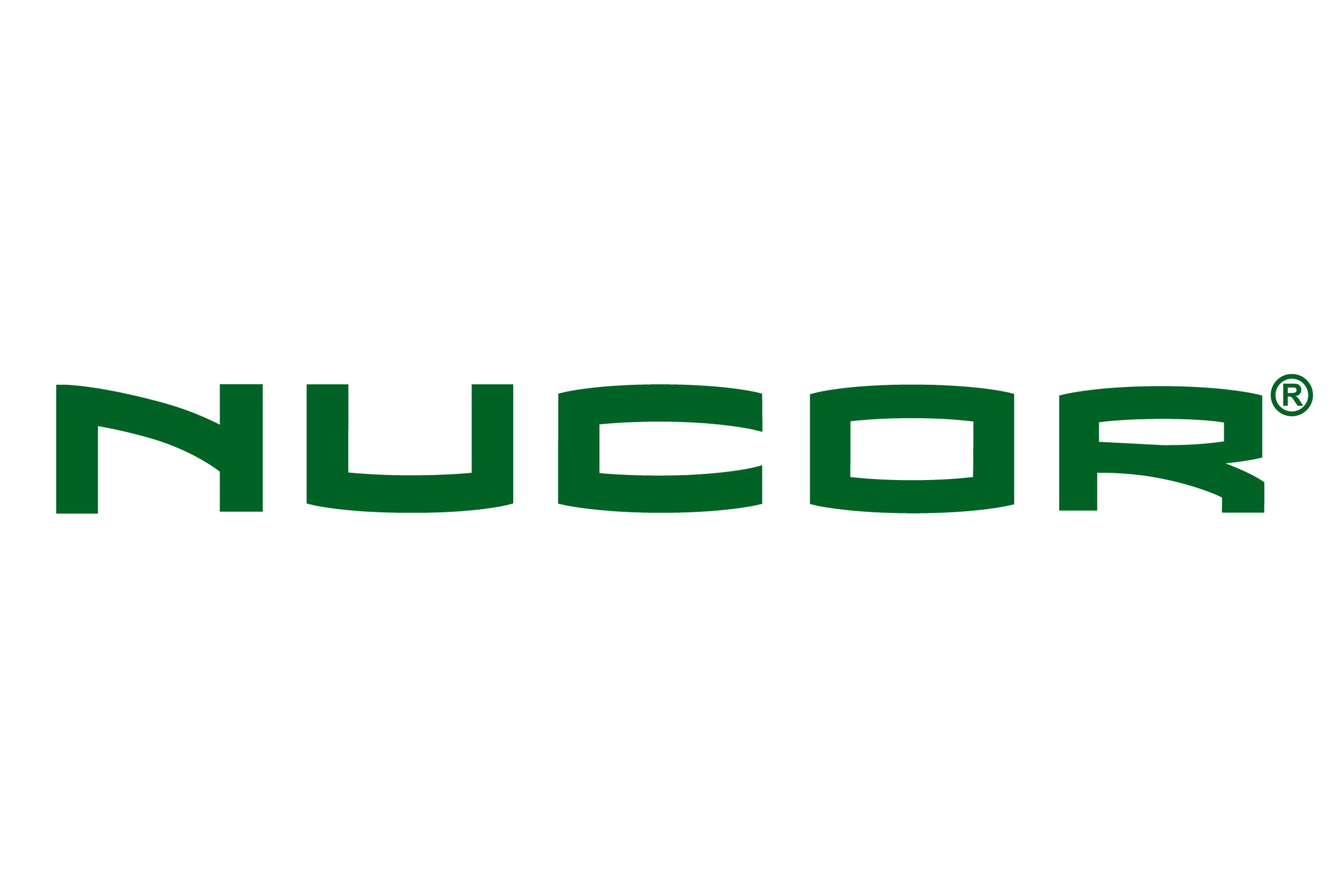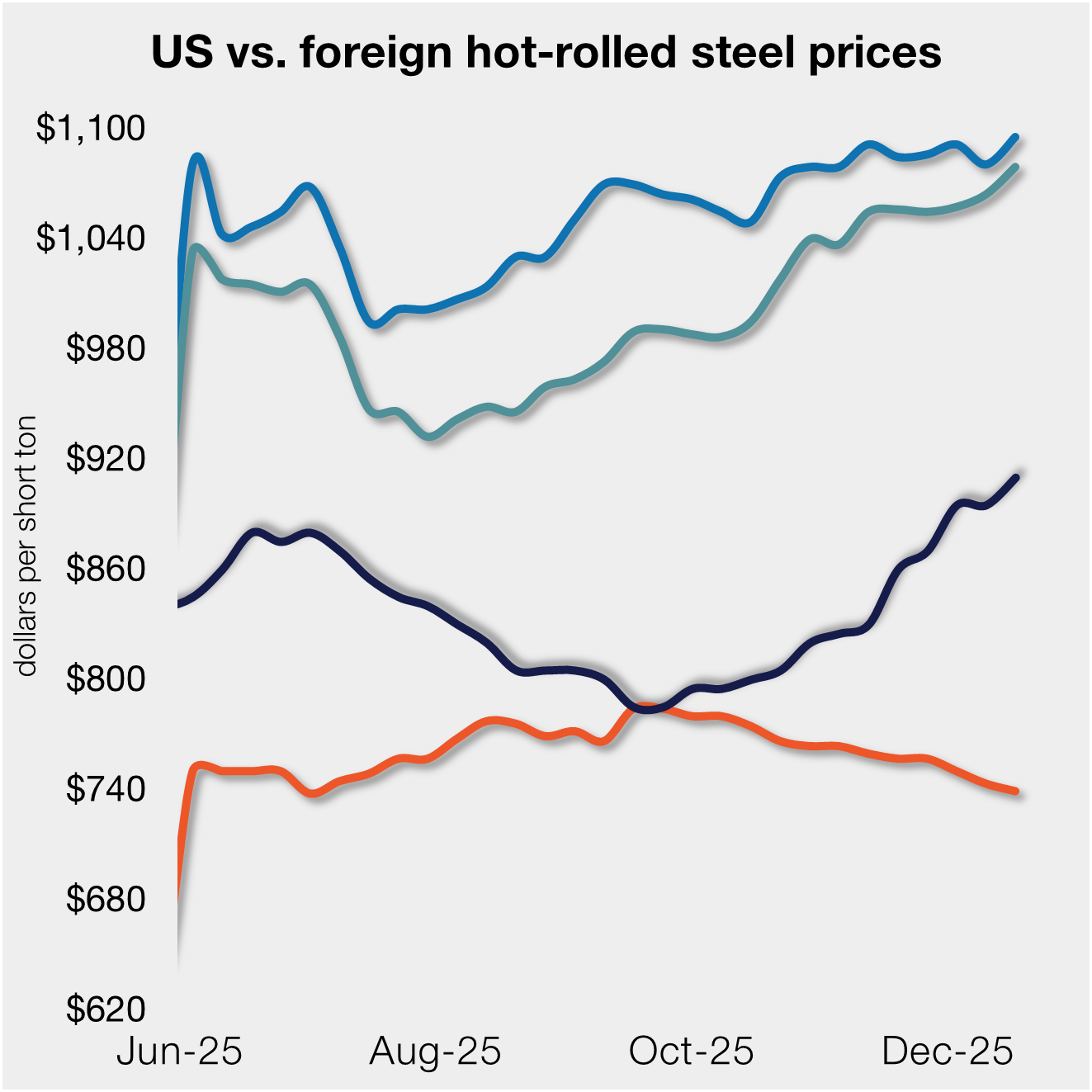Prices
March 23, 2023
Final Thoughts
Written by Becca Moczygemba
Is a banking crisis that started with Silicon Valley Bank (SVB) going to have a massive impact on the steel industry? Maybe.
Regional banks lend to many service centers and smaller businesses, and ultimately aren’t as insulated as the larger institutions.
Steel Market Update’s Laura Miller sat down with John Armstrong, founder and CEO of Reibus for an exclusive interview. Reibus relies heavily on technology as a core part of its business, and Armstrong has some experience with SVB. But fortunately for Reibus, its exposure to SVB was limited.
“In terms of direct impact, it made no impact on our ability to make payroll, pay our customers, etc. Overall, there was no direct impact on Reibus, and obviously we’re very glad to see that actually all got sorted out,” Armstrong noted.
For larger organizations in the steel industry, loans and financial institutions may not always be a source of concern. However, for smaller businesses, it can very easily be a make-or-break situation.
Once upon a time when I managed credit lines for steel customers, I saw firsthand how the little guys can take on water like the Titanic. One company I worked with even went under (also like the Titanic). But that’s what credit insurance is for.
There are usually different versions of the story, but ultimately the outcome is the same. Companies may begin requesting extended terms, which affects the cash flow of the organization they owe money to. Of course, that’s dependent on how big the company is and how well prepared they are. Nonetheless, a bad situation could create a domino effect.
There’s also downgraded credit ratings, smaller credit lines, higher prices, and higher risk to take into consideration. If you don’t have the cash flow to buy material to provide for your customers, you have a massive problem. With rising interest rates comes less flexibility, both for banks and organizations. I’ve mentioned this before, but managing risk is essential when it comes to staying in business.
By Becca Moczygemba, becca@steelmarketupdate.com







